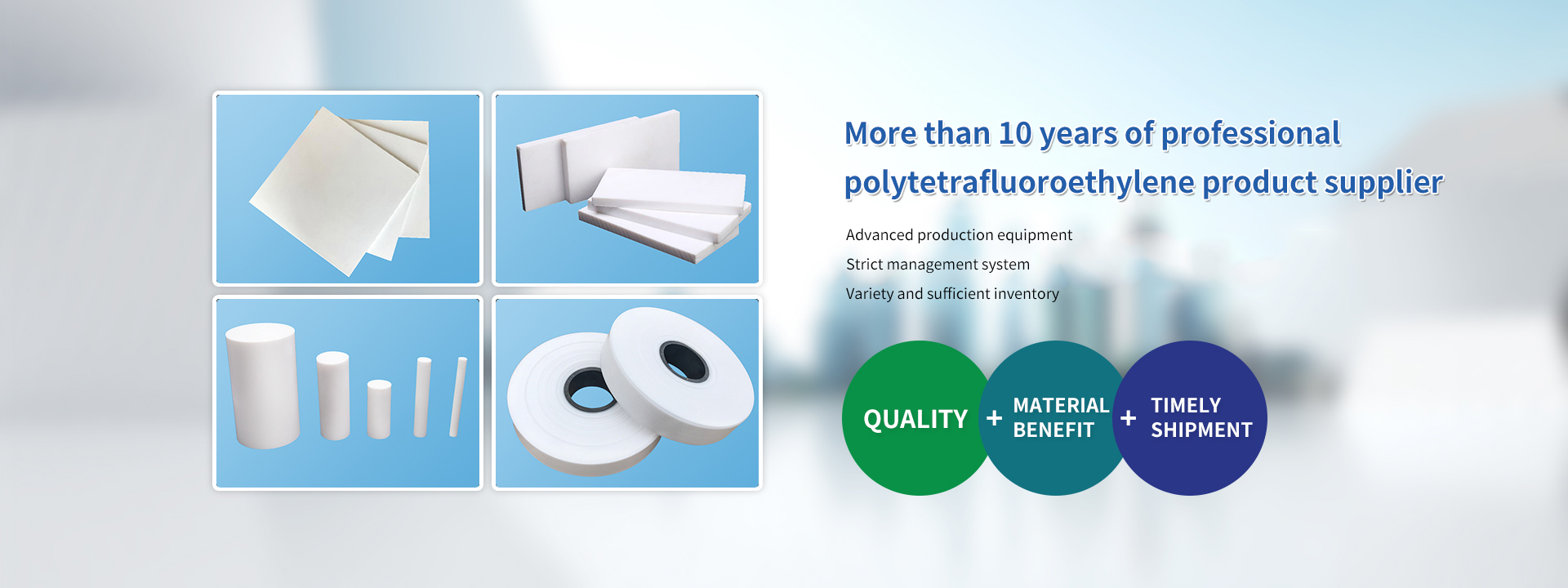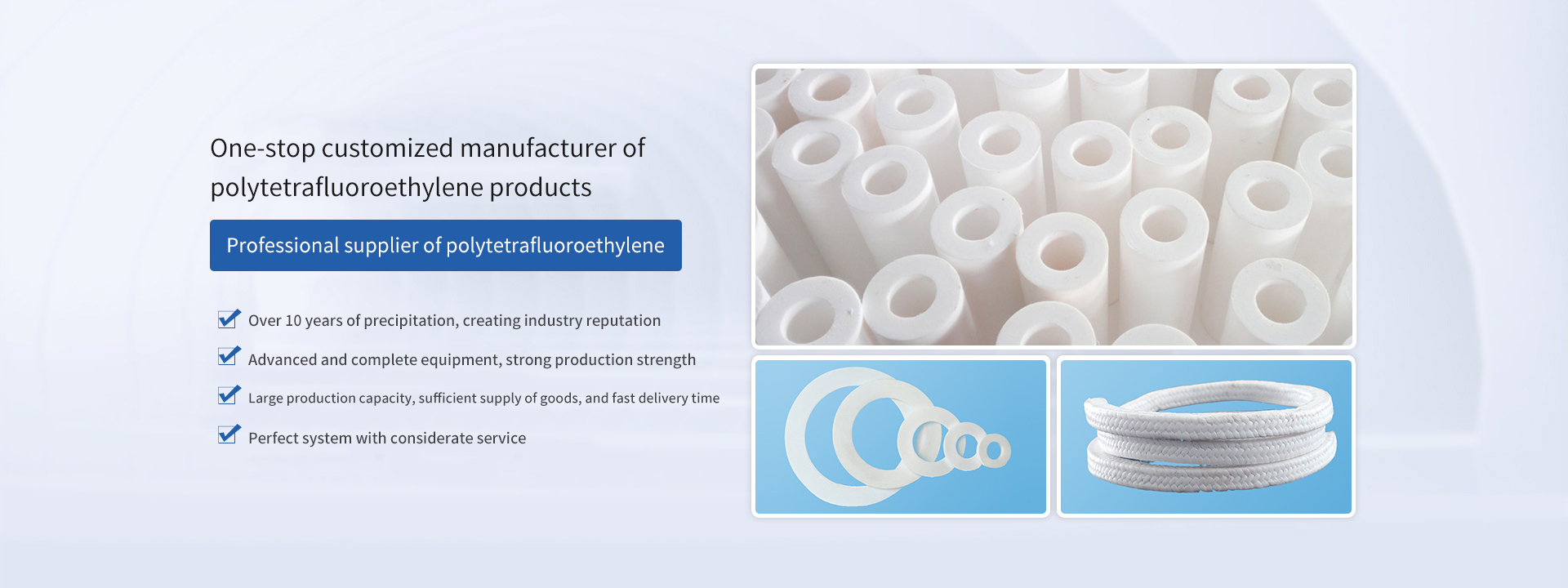The melting temperature of polytetrafluoroethylene plate can reach up to 200 ℃. Not easy to catch fire. Light weight, good ductility, high compressive strength, and less prone to tearing. Long service life, less than 30 years, suitable for materials used in double-layer movable roof structures. Due to the molecular chain of PTFE film being sealed by fluorine atoms, its ability to absorb other chemicals is very weak. In the macro world, the surface of PTFE film is about 185N/M lower than that of known raw materials and has non viscous energy. Therefore, polytetrafluoroethylene sheets mainly exhibit excellent self-cleaning and waterproof properties.
PTFE board is a raw material for PTFE coated glass fiber. Polytetrafluoroethylene is very plastic in solid state. We need to melt it during coating and then coat it on the glass fiber. The melting temperature is above 400 ℃, and the coating frequency is about 10 times. During this process, the glass fiber turns yellow due to heating, and the higher the frequency of the coating, the heavier the color tone. Therefore, the PTFE board material is only brown. However, polytetrafluoroethylene sheets can absorb the ultraviolet rays of the sun, unlike polytetrafluoroethylene sheets.
Teflon boards will not bond. From the analysis of its physical properties, the following reasons are very important: low surface, small grain size, good analytical chemical stability, highly symmetrical PTFE plate structure, and low solubility parameter SP value of PTFE plate. Low and critical points often have little surface support. The positive interfacial tension of PTFE is 118 degrees, the reverse interfacial tension is 91 degrees, and the interfacial tension is 104 degrees. Among all raw materials, the interfacial tension is very high, and the lubrication is within a small range, which means poor adhesion and insufficient adhesive. Wet PTFE plastic film has poor adhesion to PTFE particle size and good analytical chemical stability. PTFE boards are becoming increasingly popular nowadays.

 中文(简体)
中文(简体) 


 SCAN
SCAN